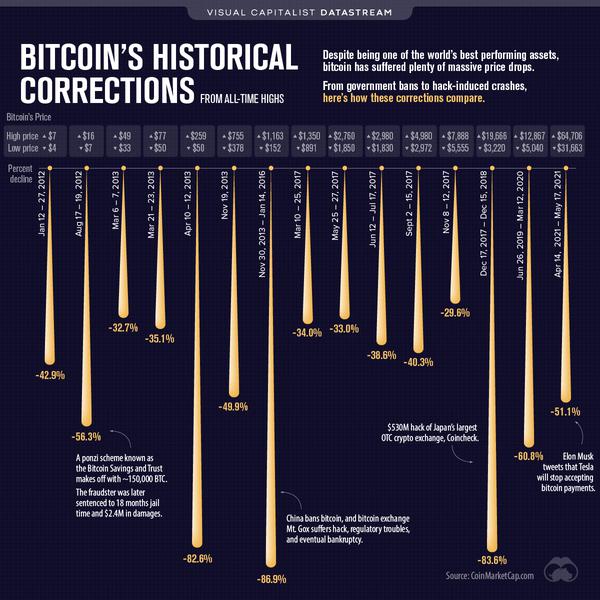The key difference in Blockchain, distributed ledger technologies (DLT) and related crypto-technologies today is we now understand how these technologies must adapt and are adapting to the world as it is. In 2008 when blockchain and its celebrity use case of BitCoin came into view, with breathless excitement discussions of complete decentralization of purchases and bank-less futures coursed freely through public discourse. But this future is still taking shape. Spectacular BitCoin thefts and even more spectacularly slow payment processing proved the point that radical potential lies firmly in the future.
Today we are seeing a more governed and purpose-oriented approach to networks of blockchains. Where the original concept of blockchain was to enable an immutable trust-less system, the current real-world successes are relaying on a consortia-based approach to trust and ledger activity verification. Think of it this way – originally any and all entities could participate in a blockchain, be it for smart contacts or banking transactions. Today, established actors in settlement services are collaborating on the same ledger with the same form of smart contract to eliminate transaction overheads. Emerging distributed ledger technologies are forming a consensus-based approaches to the blockchain within business domains. For example, the DLT and smart contract structure for trade transaction settlement are encapsulated by the vested industry actors. Likewise, government applications of a given DLT + blockchain (smart contracts) are redefining how title is recorded and transferred.
Distributed Ledger Technologies are the Backbone of Blockchains
Any useful discussion of blockchain today requires a sound understanding of why DLTs matter and the role they play in realizing the promises of blockchain technologies. Technologically, all blockchains are DLTs, but not all DLTs are blockchains. Yet for a lay understanding we should ask ourselves, what does a distributed ledger enable?
Mortgage Industry and Blockchain: Early but Important Days
A quick look at the breadth and depth of mortgage blockchain innovation marks progress towards what seems to be a self-evident change threshold:

This is just a sampling – nearly every point of mortgage operational action and friction is subject to change at the hands of blockchain. Simple realities like investor doc delivery can be avoided by virtue of upstream use of blockchain on DLTs. It is not just a question of operational efficiency. In broad implication, blockchains and DLTs enable new forms of value creation.
Akin to advent of the internet, DTL platforms, DeFi, blockchain and related crypto tech are opening avenues to manifold business models that simply were difficult to imagine just a few years ago. The difference is today, blockchain and DLT are ascending in concert with novel market pressures alongside other profoundly powerful technologies, e.g. AI/ ML, Cloud, Quantum, Natural Language, etc.
Digital of Yesterday in Contrast with Digital of Tomorrow
In the not-too-distant past, when the mortgage industry spoke of digital, it was largely focused on the customer journey or perhaps better integration and use of data. Within that frame, digital meant efficiency. And while in large part, efficiency gains are being realized, the fundamental structure of a mortgage, mortgage manufacturing and the value created by entities across the mortgage ecosystem remain in familiar form and function.
The keen effort behind implementing blockchain technologies into your firm’s value footprint is answering the demanding question of how you can reorganize the set patterns of your firm. How can you not only create current value more efficiently, but how can you generate new forms of interaction, behavior and profitability?
It is encouraging that enabling regulations are taking shape, from the OCC Interpretive Letter 1174, where DLTs and stable coins take official place in banking payments activities, to the 2020 EU Proposal for a pilot regime for market infrastructures based on distributed ledger technology. Clearly the place and room for this transformational technology is opening up.
We live in demanding, perhaps economically difficult times. The greater question is how we as leaders and owners navigate market volatility, economic sustainability and succeed today and tomorrow. The above list of blockchain uses as an example firms that are envisioning and implementing a new future. Find where the barriers are in value creation. Organize around the future. You just might be pleasantly surprised.
Matt Wood is Sr. Director, Fintech at Tavant.




